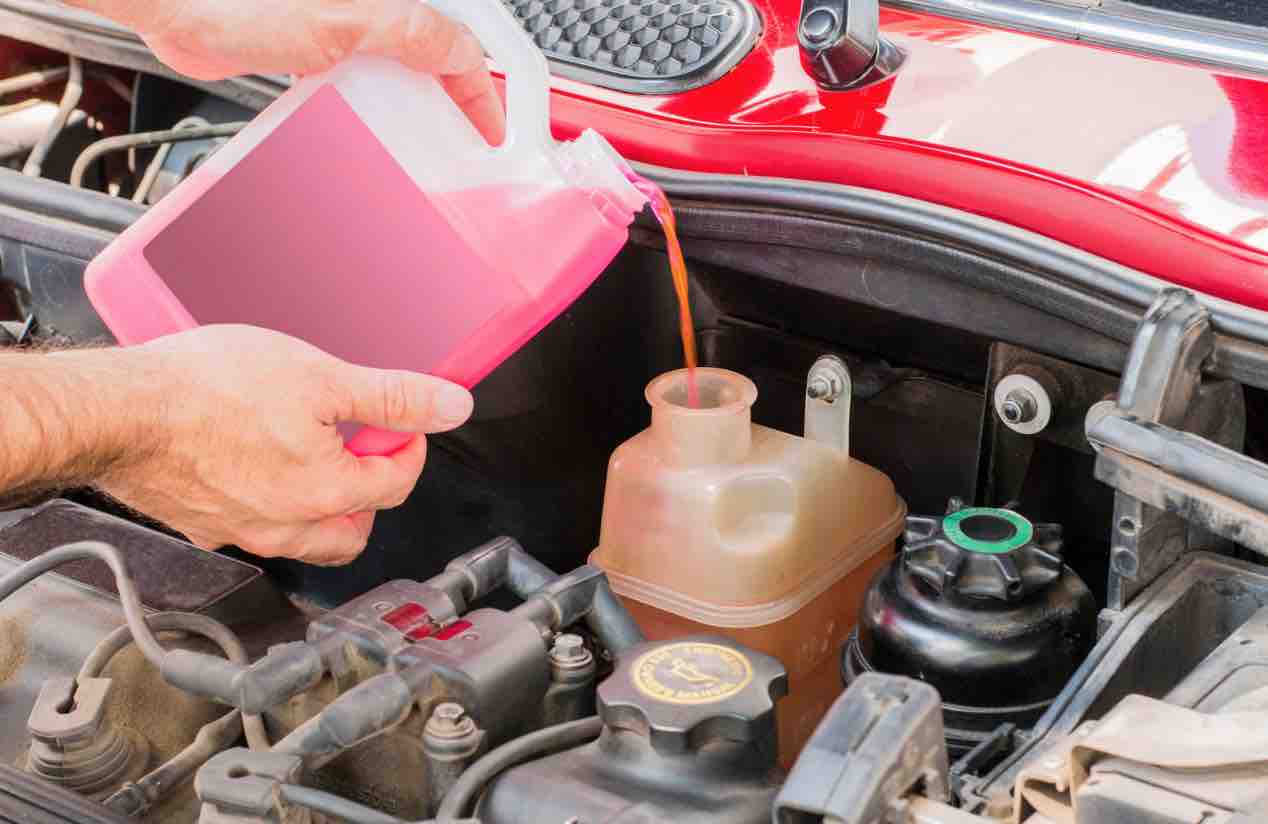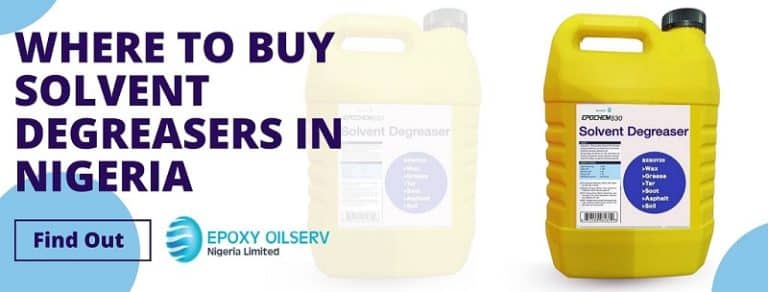How Often Should I change Coolant
Table of content
Introduction
What is coolant
How often should you change it
Tips for coolant change
Conclusion
Introduction
Ever heard a story about steam coming out of a friend’s car? Or actually seen it on the road and hoped you would never face it? Well! It might happen to any of us. Steam billowing out from your car’s bonnet could be due to a lot of reasons. But in all probability, it would have a very simple cause – lack of the understanding of how to use coolant and what exactly coolant does for the car engine, this article explores how often we need to change the coolant on our car to avoid damage to the care engines due to overheating.
What is coolant?
A coolant is a substance, typically liquid or gas, that is used to reduce or regulate the temperature of a system. An ideal coolant has high thermal capacity, low viscosity, is low-cost, non-toxic, chemically inert and neither causes nor promotes corrosion of the cooling system. Some applications also require the coolant to be an electrical insulator.
Coolant, also known as radiator fluid, flows through a car’s engine and radiator through hoses. It protects the car’s engine from overheating as well as freezing. However, like all other consumables in your car, coolant deteriorates over time, becoming acidic by nature. It no longer functions the way it’s supposed to. Hence it needs to be changed at certain intervals.
How often should you change it?
- Though the frequency of changing the coolant varies with the car’s brand, age and mileage, ideally it should be changed after the first 60,000 miles and then every 30,000 miles. Environmental regulators prefer cars to have longer intervals so as to reduce waste fluids. Hence, quite a few automakers have equipped their vehicles with long-life coolants.
- Ideally the coolant level should be between the ‘min’ and ‘max’ levels. If it has gone below the minimum level, it needs to be replaced.
- If you find slight discolouration in the fluid inside the radiator, then it should be changed immediately.
- When small fragments or dirt is found on the top of the fluid indicating its impurity then the cause needs to be detected and coolant changed.
- Also the type of coolant you use and the environment you use the car in determines the frequency in changing coolant.
Tips for coolant change
- Don’t check the coolant level or try to replace when the engine is hot, you could get scalded by the sudden overflow. Moreover, while hot, the level will expand and not show the accurate status.
- A routine flush and changing, when required, will enhance the efficiency of the coolant and the car.
- Ideally the coolant level should not drop before the specified duration. If it does so, then send the car in for a complete inspection, there might be a leakage somewhere.
- It is advisable to use the manufacturer-recommended coolant only. Different types or brands of coolant might have different compositions and not work well together.
The coolant does not just keep the engine cool, it also prevents corrosion and scale build-up. Hence, it is important to keep an eye on it and top it off as and when needed, to ensure longevity of the engine and the car.
There are initial signs that something’s wrong and your coolant, or cooling system including your air conditioning, needs to be changed. Here are some of the early problems that may arise when you do not regularly check on your coolant reservoir.
- Cars overheat quickly – when your car overheats easily, you may want to go get it checked. Overheating is one obvious cause of the coolant not performing its job.
- Leak – you should always know that something’s wrong when your vehicle leaves traces of fluid on the floor. Radiator leaks are among the hints that your cooling system is compromised and should undergo a mechanic’s treatment.
- Sweet smell when your car’s running – some people describe the smell of coolant, or antifreeze, as sweet syrupy. So, when you start perceiving that kind of smell while you’re driving, schedule for a trip to the mechanic.
- Coolant level always depletes – this is why you should always check on your coolant reservoir. Having to top up over and over again means that there is something wrong with your car. It may be a crack on the hoses where the coolant circulates or a probable internal problem.
Don’t buy into the philosophy, however, that extended-life coolant needs no regular maintenance, it does and marketing language should not deceive you. The experts recommend inspecting it at the vehicle’s regular maintenance intervals to make sure it’s clear (no rust), that the color is right (not mixed with another antifreeze type) and that it has sufficient freeze/boil protection, best determined by using a refractometer.
Maintenance guidelines for cooling systems with fully formulated conventional antifreeze typically include periodic testing of SCA levels and appropriate adjustment, as well as periodic draining, flushing and refilling the system to avoid, as already noted, an excess of dissolved solids.
There are various brands of coolant and Epoxy oilserv Nigeria limited is the distributor and supplier of Lubemax lubricant protective coatings and industrial lubricants in Nigeria.



